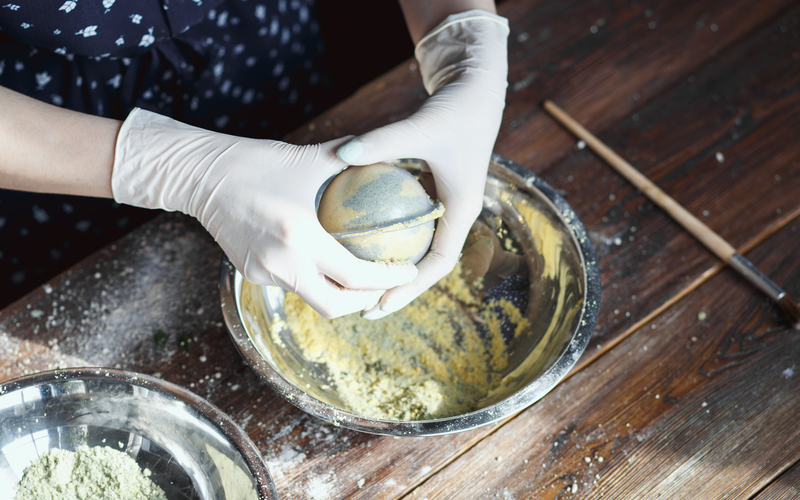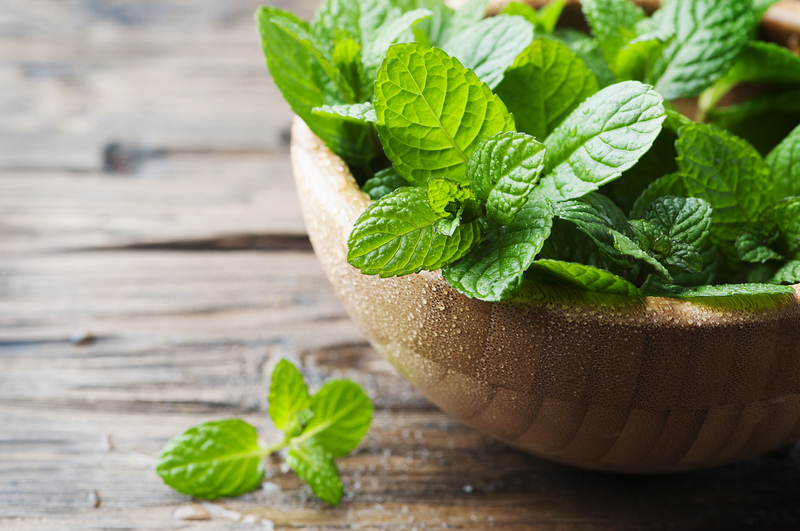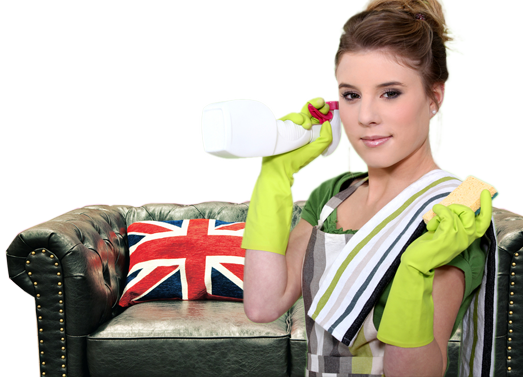Removing Tough Stains from Upholstery: A Step-by-Step Guide
Posted on 25/07/2024
Upholstered furniture adds comfort and style to our homes, but it can also be a magnet for stains. Whether it's a spill from your morning coffee or a muddy paw print from your pet, tough stains on upholstery can be frustrating to deal with. However, with the right tools and techniques, you can remove even the most stubborn stains and keep your furniture looking like new. In this article, we'll provide you with a step-by-step guide on how to remove tough stains from upholstery.
Step 1: Identify the Stain
Before you start treating the stain, it's important to first determine what type of stain it is. This will help you choose the best cleaning method and products. Common types of stains on upholstery include food and drink spills, pet urine, oil and grease, ink, and blood. Each of these stains may require a different approach, so make sure to accurately identify the stain before proceeding.

Step 2: Blot the Stain
If the stain is still fresh, use a clean cloth or paper towel to blot up as much of it as possible. Do not rub the stain as this can push it deeper into the fabric, making it harder to remove. Instead, gently press down on the stain and absorb as much of it as you can.
Step 3: Prepare Your Cleaning Solution
Next, you'll need to mix up a cleaning solution that is safe for your specific type of upholstery fabric. For most fabric types, a mixture of mild dish soap and warm water will do the trick. However, for delicate fabrics such as silk or velvet, it's best to use a specialized upholstery cleaner recommended by the manufacturer.
Step 4: Test in an Inconspicuous Area
Before applying any cleaning solution onto the stained area, it's crucial to test it in an inconspicuous spot first. This will ensure that the solution doesn't cause any discoloration or damage to the fabric. Once you've confirmed that the solution is safe to use, move on to the next step.
Step 5: Apply the Cleaning Solution
Using a clean cloth or sponge, apply the cleaning solution onto the stain. Gently work it into the fabric in a circular motion. Avoid scrubbing too vigorously as this can damage the fibers of the upholstery. Continue applying and working in the solution until the stain starts to lift.

Step 6: Rinse and Blot
After allowing the cleaning solution to sit for a few minutes, rinse it off with a damp cloth. Again, avoid rubbing; simply blot the area with a clean towel until all of the cleaning solution has been removed.
Step 7: Dry Thoroughly
To prevent mold and mildew growth, make sure to thoroughly dry your upholstery after cleaning. You can use a hairdryer on a low setting or place a fan near the wet area to speed up the drying process.
Tips:
- For tougher stains, you may need to repeat this process multiple times until desired results are achieved.
- Always spot test any new cleaning solutions on an inconspicuous area before using them on the stain.
- Never use bleach or harsh chemicals on upholstery as they can cause discoloration and damage to the fabric.
- If you're unsure about how to deal with a particular stain, it's best to consult a professional upholstery cleaner.
Takeaways:
- Prompt action is key when dealing with tough stains on upholstery.
- Always use gentle motions and avoid rubbing or scrubbing too vigorously.
- Be patient and persistent when treating stains; it may take more than one attempt to completely remove them.
In conclusion, removing tough stains from upholstery doesn't have to be a daunting task. By following these simple steps and tips, you can tackle any stain and keep your furniture looking fresh and clean. Remember to always act quickly, use the appropriate cleaning solution, and be gentle with your cleaning motions. With a little effort and patience, you can successfully remove even the toughest stains from your beloved upholstery.
Pros:
- Provides a clear and easy-to-follow step-by-step guide for readers.
- Offers tips and takeaways to help readers prevent and effectively deal with tough stains.
- Emphasizes the importance of using safe and gentle cleaning methods for different types of upholstery.
Cons:
- Could benefit from including more specific examples of different types of stains and their corresponding cleaning solutions.
- Might not be suitable for removing extremely stubborn or old stains; in such cases, it's best to seek professional help.
Tips:
- Regularly vacuuming your upholstery to remove dust and debris can prevent stains from setting in.
- Placing a protective cover over your upholstered furniture can also help prevent spills and stains from damaging the fabric.
- Encourage guests to remove shoes before sitting on furniture to prevent tracking in dirt or stains.
Takeaways:
- Prevention is key when it comes to maintaining clean upholstery.
- Knowing how to properly identify and treat different types of stains is crucial for successful removal.
- In case of doubts or difficult stains, it's best to consult a professional upholstery cleaner.




